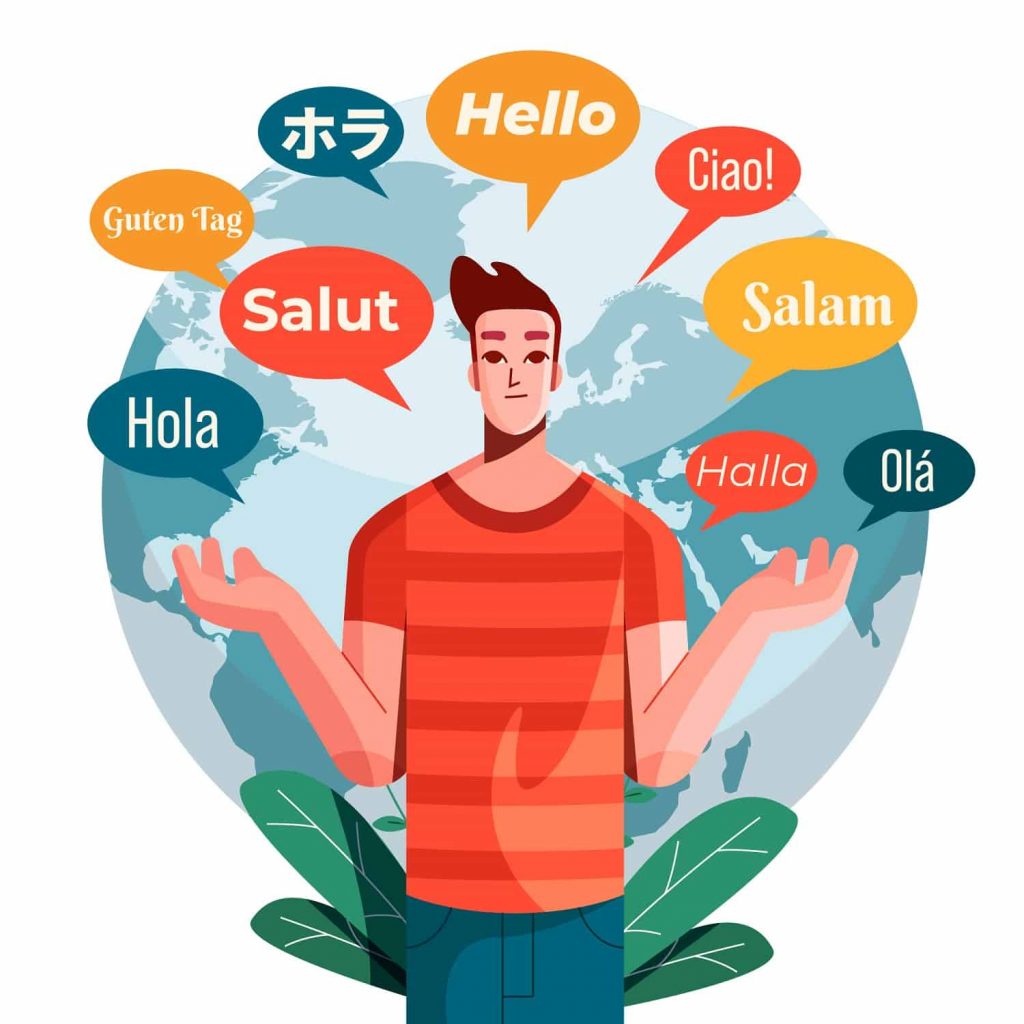Essential Do’s & Don’ts When Translating Marketing Content
If you are a professional translator or you own a brand that markets your products to a wide market across multiple regions, translating marketing content is important if you want your target audience to accept your brand and also meet your revenue target.
Marketing content should resonate with the target audience in such a way that will motivate them to buy whatever you are selling. Translating marketing content is more about transcreation than anything else. You need to know your audience well enough to produce a version different from the original content. This may seem easy on paper but it is anything but.
Some marketing content may make so much sense in its original form because it meets the standard for the audience for which it was created; however, if you translate the text word for word into a different language, the other audience may find the content offensive, discouraging, or confusing.
Below, we review some of the do’s and don’ts of translating marketing content.

5 Do’s When Translating Marketing Content
Focus on consistency and information: When translating marketing content you should always focus on consistency and information more than anything else. The words you use are not very important if they don’t send the message you want. You want the content to boost awareness, inform your audience and cause engagement. Therefore, you should not use words that don’t help convey your intended message.
You should think about the product. In your mind, answer the question, what would you tell a customer who came to look around the store about the advertised product? Think about what makes this product interesting and different from others? Maybe it is made from recycled materials? Use all these features to create your ad or translate marketing content. Also, your approach to transcreation should depend on the type of content in question. Blog posts, social media ads, and promotional materials should convey the kind of information you want and nothing more.
Be sure of your target audience: Professional translators identify their target audience and learn to understand them first before they embark on any translation project. Make sure you understand your audience’s cultural background, region, age, education and any other vital information that will aid you. It is important to understand and know the audience you want to sell your client’s product or service. The audience determines the style and manner in which you communicate over text. After all, the message you send to entrepreneurs may not be interesting to teenagers, and the tone of speech of young people may not be acceptable to seniors. If you know your audience, you will be in a better position to customize the translated text to their understanding. This will ensure better returns for your marketing investment.
Have a style guide: Your translation should conform to a particular style otherwise your finished work will be incoherent. Having a style guide will help you maintain consistency even if you are translating the marketing content for multiple markets. The style should be unique to your brand and send the right message. The use of specific industry terminology, acronyms, and abbreviations should be maintained at all times. If you choose to translate in first-person, be consistent all through. The same should be the case if you use an informal or formal tone.
Use the right visuals: If you must use visuals, they must suit your message. You must use visuals that will resonate with the audience, not offend them. An essential part of achieving this is understanding their background and culture. You want to use images and videos that will elicit positive responses, not negative ones. Pictures can help you understand the text. Clear icons, images, or videos help the reader to quickly form images of what is being written about. Also, well-prepared pictures are understandable to everyone – even people who do not know the language. So, when preparing texts in easy-to-understand language, it is important to think about the right visuals.
Use native linguists: As a brand looking to break into a new market or launch a new product in a new market, it is always best to use native linguists for your translation work. Undoubtedly, the style of language we choose in one way or another also shows our worldview and conveys emotions. For example, in one case we use neutral language, and in the other, we use stylistically colored one. Every language has a lot of grammar rules, a lot of synonyms, idioms, etc. When we run out of words, we can open the treasures of different languages and cultures, such as dictionaries, with one click of a computer key. However, when a native linguist translates your marketing content, they use the right words to drive the compelling message that you want. Their understanding of the local culture and language will help them create the best marketing material from an original copy.
5 Don’ts When Translating Marketing Content
Here are a few things you must never do when translating marketing content.
Don’t translate into many languages at once: Avoid the temptation of translating your content into many languages at once. It is best to do it one at a time. If you translate and launch your content in too many languages at once it will be hard for you to keep track of it. You may not know why a particular campaign is doing well or poorly so you run the risk of wasting your resources. The best move is to translate content into one language and then launch it to see how it performs; then you use information from that to translate the others.
Never translate keywords: Avoid the temptation of translating keywords even if you have substitute words for them in the language. Keywords are vital for SEO so translating them will water down the spread of your marketing content. Rather than translate keywords, research and use localized keywords unique to the target region. If you choose localized keywords, it will be easy and possible for you to achieve high rankings in Google searches and ensure that your content achieves maximum spread.
Avoid grammar errors and ensure correct syntax: Try to translate as accurately as possible, especially when it comes to grammar and syntax. Apply strict rules, which means the rules reduce the possibility of a mistake. Review and double-check the translation to ensure it makes sense in the target language. Make sure that provided information is fluent and easy to understand for a foreign client or partner and coherent sentences are used without grammar and meaning errors, contact details are correctly provided (telephone numbers must be written with an international code), etc. Your words represent you and your brand. So, if you’re constantly making typos or using poor grammar, it gives a wrong impression about your business. If you take the time to make sure your work is correct grammatically, it makes people more likely to trust, work with you, and buy your product or service.
Avoid general translation for specialized texts: If specialized translation services are required, it is always recommended to choose a specialist in a relevant field. Translations of areas such as advertising and marketing, as well as some other areas, are considered specialized. They usually use a lot of specific terms or describe processes that a general translator will find difficult not only to translate but even to understand. It is advisable to hire a professional translator for translation projects.
Don’t rely solely on technology: Due to the development of translation apps and software, clients often believe that the translation process should be fast and cheap. Unfortunately, it’s a mistake to think that reducing costs and capabilities will keep the product quality the same. The biggest divide between professional translators and clients is created precisely by different priorities. For example, in cases where a translation is needed only for internal use, the main requirement is that the translation should be done on time, no matter what its quality.
After all, the client, lacking lexical sophistication and not valuing business language as an important factor for ensuring the success of their business, may not notice the difference between a high-quality and a low-quality text, without realizing that they may damage their reputation in the eyes of their more lexical-sophisticated business partner. Translation apps and software have their benefits, but no machine created by humans can replicate the human brain when it comes to language translation. So, it is best to hire a professional translator. Relying exclusively on machines may lead to disaster as your message may be diluted, confusing both parties. It is best to hire native linguists for the job to ensure that no mistakes or misrepresentations occur.
Never Ignore Cultural Differences
Never ignore cultural differences when translating marketing content. A false step may damage your brand’s reputation or diminish your marketing effort. The original content may be right for the audience it was created for but adapting it to a new audience without taking into account their culture and sensibilities may be a recipe for disaster.
Sell more, understand your customers’ journey for free!
Sales and Marketing teams spend millions of dollars to bring visitors to your website. But do you track your customer’s journey? Do you know who buys and why?
Around 8% of your website traffic will sign up on your lead forms. What happens to the other 92% of your traffic? Can you identify your visiting accounts? Can you engage and retarget your qualified visitors even if they are not identified?



